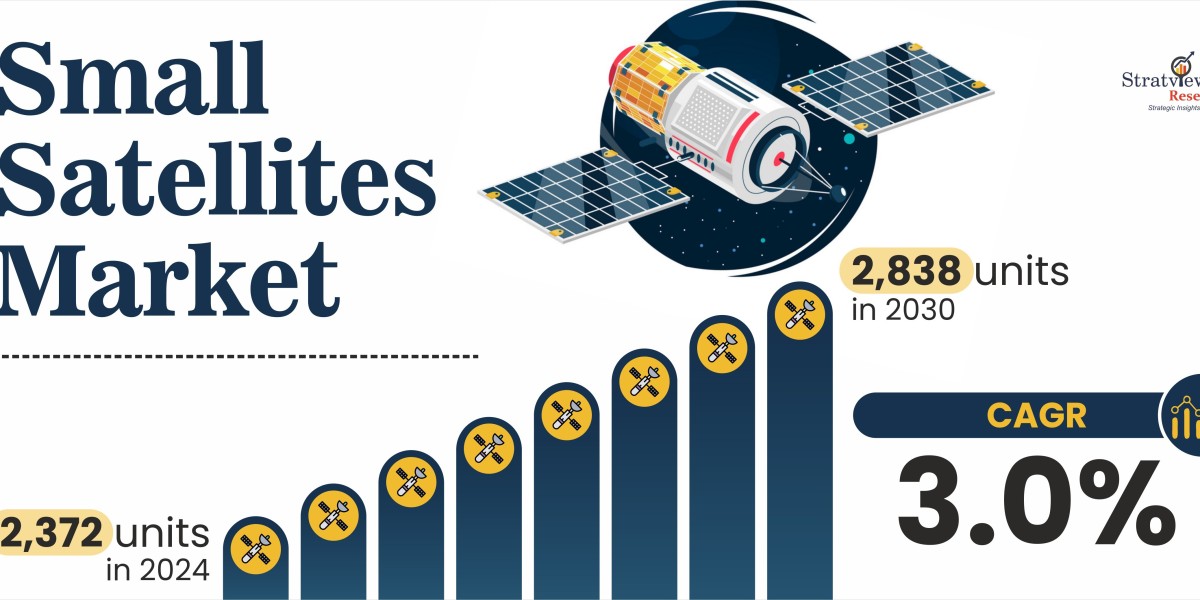The global small satellites market has experienced exponential growth in recent years, driven by advancements in space technology, increasing demand for satellite-based services, and a growing need for cost-effective solutions in space exploration and communication. Small satellites, which typically weigh less than 500 kilograms, are becoming essential tools for a wide range of industries, including telecommunications, defense, Earth observation, and scientific research. As we look ahead, several key trends are shaping the future of the small satellites market and fueling its rapid expansion.
“Stratview estimates that the global annual small satellites installations reached 2,372 units in 2024 and are expected to reach 2,838 units in 2030, with a growth rate of 3.0%.”
Key Trends Driving Growth
1. Demand for Low-Cost Space Access: One of the primary drivers of the small satellites market is the increasing demand for affordable access to space. Traditional satellites are expensive to build, launch, and maintain, whereas small satellites offer a cost-effective alternative. Their smaller size and weight reduce launch costs, making space missions more accessible to both government and private organizations. This affordability is democratizing space technology, allowing startups and smaller companies to enter the space industry with lower barriers to entry.
2. Growth in Earth Observation Applications: Small satellites are increasingly being deployed for Earth observation and remote sensing applications. These satellites provide real-time data on environmental changes, urban development, agriculture, and disaster management. With advancements in imaging technology, small satellites can capture high-resolution images and data, enabling better monitoring of climate change, natural disasters, and resource management. The growing need for accurate, timely data is expected to continue driving demand for small satellites in the coming years.
3. Rising Use of Small Satellites for Telecommunications: The telecommunications industry is leveraging small satellites to enhance global connectivity, particularly in underserved and remote areas. Constellations of small satellites, such as those deployed by SpaceX’s Starlink and OneWeb, are providing low-latency internet services across the globe. These satellite networks, known as Low Earth Orbit (LEO) constellations, are expected to play a crucial role in delivering broadband services to regions with limited or no access to traditional infrastructure, boosting the demand for small satellites.
4. Miniaturization of Space Technology: Technological advancements in miniaturization are enabling the development of more capable small satellites. As components like sensors, batteries, and communication systems become smaller and more efficient, the functionality of small satellites continues to improve. These miniaturized satellites are now able to perform complex tasks, once only achievable by larger, more expensive spacecraft, expanding their use across industries.
Conclusion
The small satellites market is poised for continued growth as technological innovation and demand for space-based services increase. Key trends such as affordable access to space, advancements in Earth observation and telecommunications, and the miniaturization of satellite components are driving this expansion. With applications in a wide range of sectors and growing interest from both private and public organizations, small satellites are set to play a pivotal role in the future of space technology, reshaping industries and enabling a new era of space exploration.









